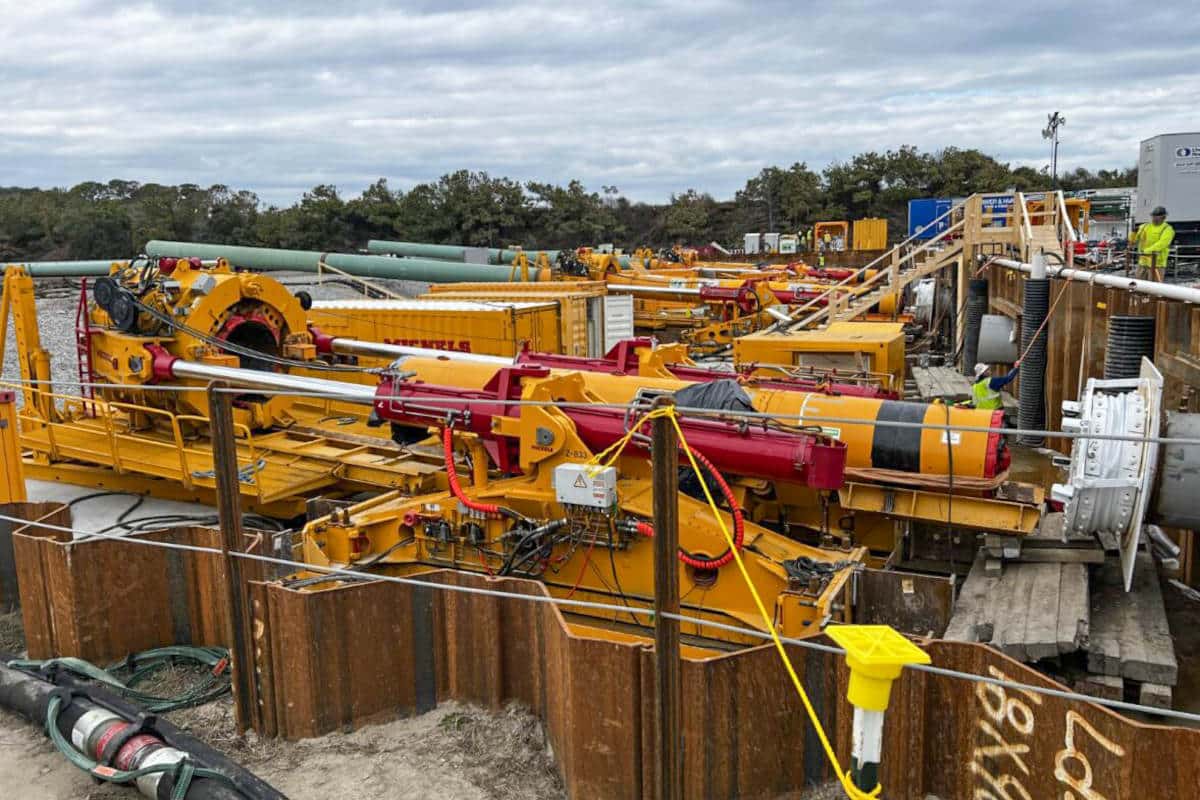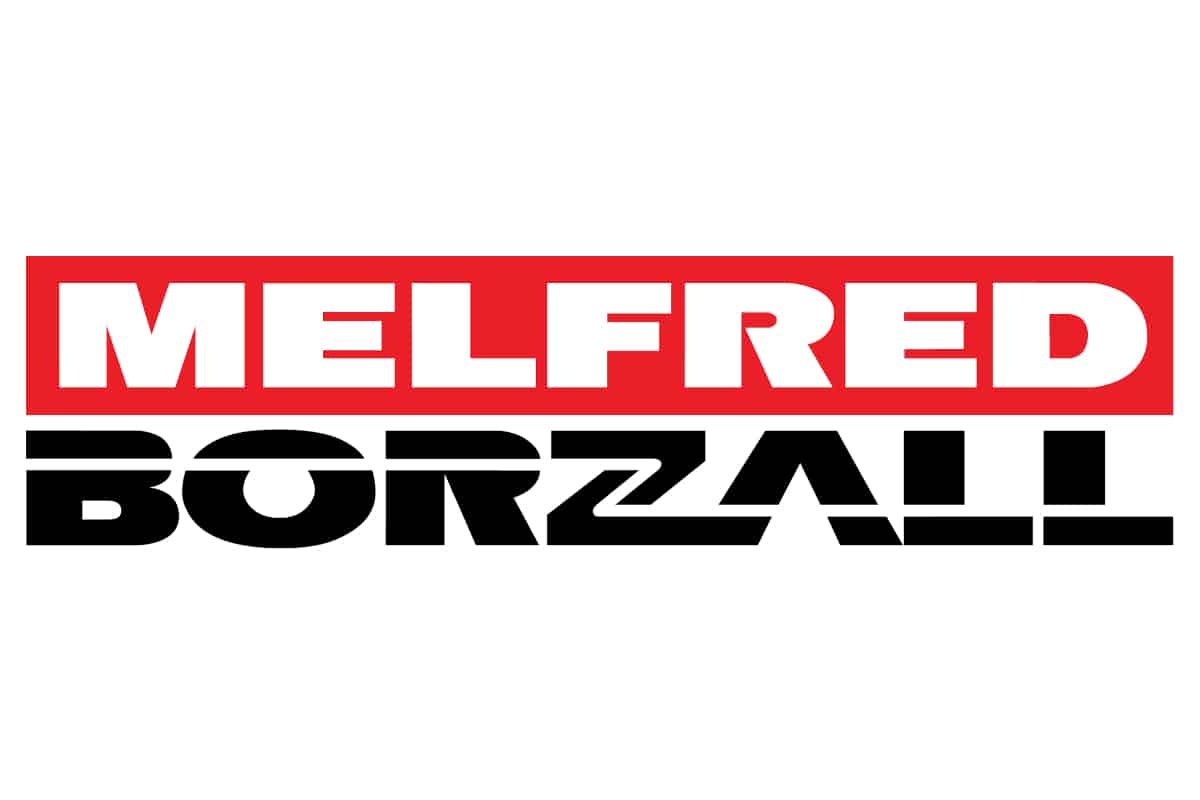Drill Master: Shaking it Up
As more and more contractors are discovering the strong economics of recovering, cleaning and reusing boring fluids, there is a need for them to understand how and why cleaning systems work.
This article will discuss one of the more important areas: the various motions of shale shakers and how they can effect cleaning, as well as ongoing maintenance costs.
The shale shaker on a cleaning system is of upmost importance. They are not just a shaking box with screens attached. The motion or dynamics of how the shaker moves is very important.
Shale shakers are classified by the type of motion they impart to the screen, which in turn determines how effective solids are conveyed off the screen (conveyance) and how well the liquid phase of the mud is separated from the solids.
There are four types of motions generally recognized by the solids control industry. Manufacturers who serve specialty users have developed hybrids of these motions depending on the specific needs of the applications they serve.
Listing them by their evolutionary development, they are: 1) Circular 2) Unbalanced Elliptical 3) Linear 4) Balanced Elliptical.
The means to obtain the different screen motions are varied. Manufacturers can use the location, amount and speed of the unbalanced rotating weight, as well as different types of support feet and there angle of mounting, to effect the resulting screen motion (and that’s what counts).
How important is vibratory frequency (how fast does the shaker run, its speed)?
The vibrator frequency of most shakers found in the HDD industry can not be changed because they are electrically driven. This is a hold over from the oil industry, where the return flow is very definable. They will typically run at 1,200 or 1,800 RPM. If the speed could be changed what would be the effect?
Shakers running slower will have better through put of fluid at the sacrifice of a lower solids conveyance rate (such as when running a mud motor). Higher speeds convey solids better but at the sacrifice of through put of fluid (when back reaming a large bore).
Because of the variety of boring conditions, the typical contractor sees the ability to change the speed of their shaker to meet those conditions would mean an improvement in efficiency and effectiveness of their equipment.
Other points to remember about your cleaning systems are to level your unit — this will level the shaker and it will perform as designed. Always use the finest screens possible to remove the most solids. Use a shaker that will convey solids as best as possible. Slow moving solids wear out screens, and reduce liquid through put.
The proper selection of the shaker being used on your cleaning system can make the difference between successful cleaning at low maintenance cost and frustrated crews getting dirty mud at a high maintenance cost.




